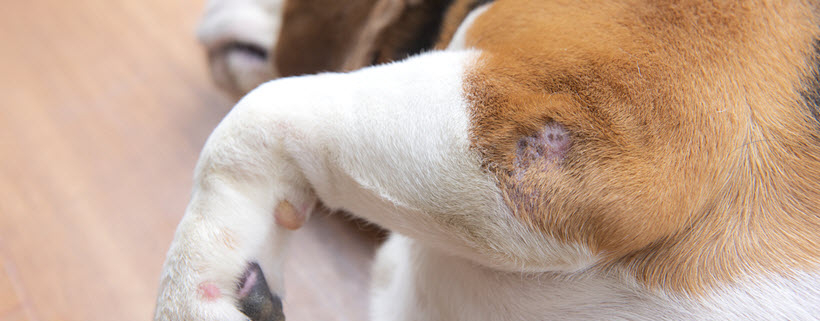Dogs & Splinters – What You Should Know
Our four-legged friends have tough paws, but it is not uncommon for them to get splinters. Unfortunately, dogs can get penetrated by thorns and splinters of wood, metal, glass, or other sharp materials. Remember that paws are not the only body part at risk for splinters. Below is more information on determining if your dog has a splinter and what you can do to help them.
You must look for signs from your dog that show that they have a splinter. If your dog suddenly starts limping or they are excessively licking or chewing at a paw or other body part, it could be a splinter. In addition, your dog may be pawing at their mouth, drooling, or refusing to eat if they have a splinter in its mouth. Splinters can occur anywhere!
Do you notice a splinter in your dog’s paw? The good news is that you should be able to move a splinter quickly and easily, depending on where it is located. We recommend that you use tweezers to grasp the end of the splinter firmly. Ensure that you are pulling it out slowly and smoothly to avoid breaking off any part of the splinter under the skin. After you remove the splinter, use a cotton ball or swab to apply some dog-safe antiseptic to the wound. Important: If the splinter is completely embedded under the skin, do not try to extract it.
You may be wondering when a vet should get involved. While a splinter is usually nothing to worry about, there are some situations where it is best to seek veterinary assistance. A vet should get involved if: your dog has a splinter in its mouth, your dog becomes agitated when you remove it, or your dog has an infection that appears to be forming. Splinters occur more often than we think. Knowing how to spot the signs of a splinter and take care of it promptly can help keep your dog happy.



